Astronomers peer closer than ever to 'cosmic dawn'
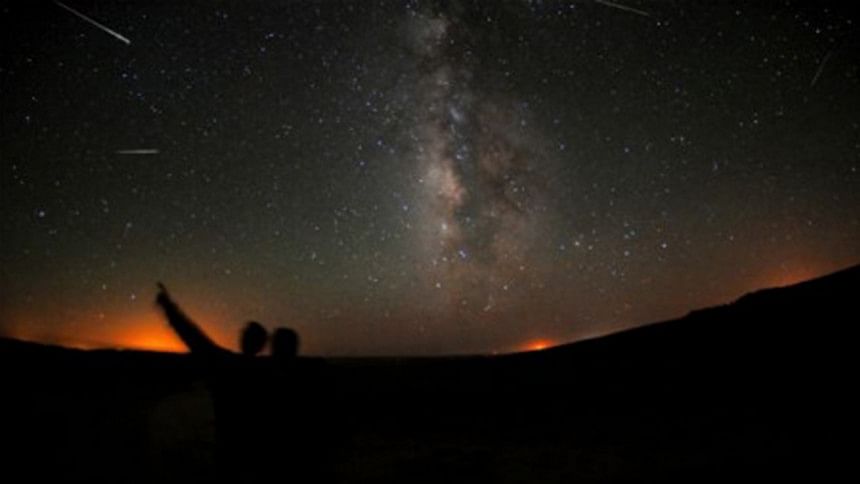
Astronomers have observed a galaxy a very distant 13.28 billion lightyears away, zooming in closer than ever to the "cosmic dawn" of the Universe's first stars.
Pinpointing this period of star birth -- which gave rise to oxygen, carbon and other elements in the Universe -- is a holy grail for astronomers chasing down the beginning of everything.
Now, thanks to data from the Atacama Large Millimetre/Submillimetre Array (ALMA) and the European Southern Observatory's Very Large Telescope (VLT) -- both in Chile -- they are a step closer.
The new details revealed that light from a galaxy dubbed MACS1149-JD1 was 13.28 billion lightyears old, an international team reported in the scientific journal Nature.
This means astronomers were looking at the galaxy just 500 million years after the Big Bang -- when the Universe was about 3.5 percent of its current age.
"It is one of the first galaxies of the Universe," study co-author Nicolas Laporte of University College London (UCL) told AFP on Wednesday.
Crucially, some stars in the ancient galaxy were already "mature", implying they had been around much longer -- another 250 million years or so.
"The mature stellar population in MACS1149-JD1 implies that stars were forming back to even earlier times, beyond what we can currently see with our telescopes," said Laporte.
"This has very exciting implications for finding 'cosmic dawn' when the first galaxies emerged," he added.
Our own origins
The study authors conclude "it may be possible to detect such early episodes of star formation in similar galaxies with future telescopes."
The real breakthrough was the detection of oxygen in the galaxy, which is observable in the Leo constellation, though not with the naked eye.
"Oxygen is only created in stars and then released into the gas clouds in galaxies when those stars die," said a UCL statement.
"The presence of oxygen in MACS1149-JD1 therefore indicates that a previous generation of stars had already formed and died at an even earlier time."
MACS1149-JD1 is the most distant known galaxy with a precise distance measurement, said the researchers.
Another galaxy, GN-z11, is estimated to be 13.4 billion light years away based on observations with the Hubble Space Telescope, but those measurements were not as precise, they added.
"With MACS1149-JD1, we have managed to probe history beyond the limits of when we can actually detect galaxies with current facilities," said Richard Ellis, another UCL co-author of the study.
"There is renewed optimism we are getting closer and closer to witnessing directly the birth of starlight. Since we are all made of processed stellar material, this is really finding our own origins."

 For all latest news, follow The Daily Star's Google News channel.
For all latest news, follow The Daily Star's Google News channel. 


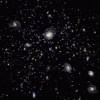
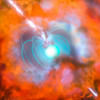
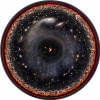

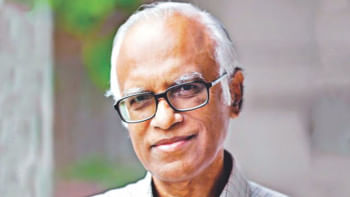
Comments